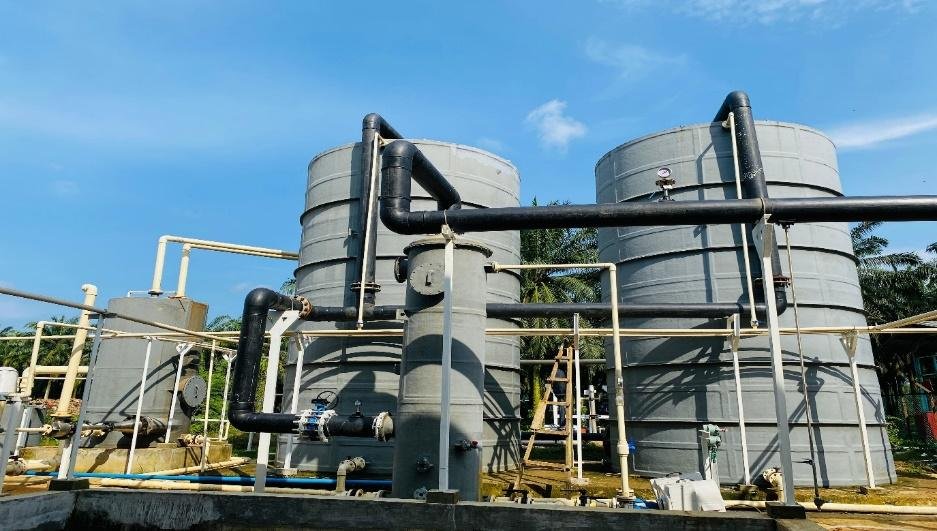Bio Clean Purification
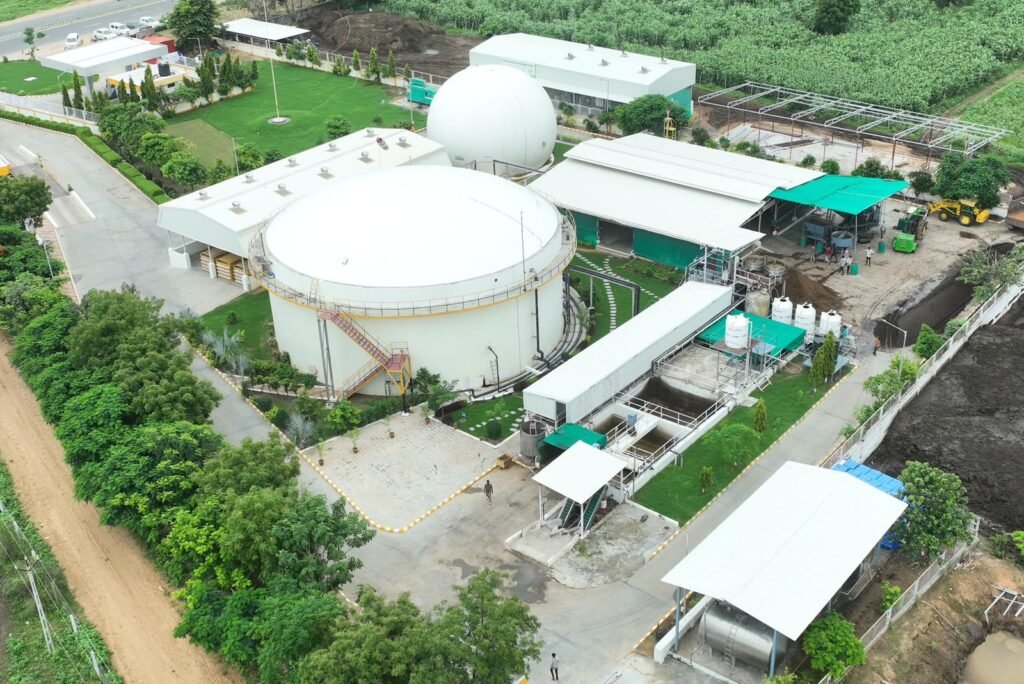
Technology
BIOCLEAN
BioClean® For removal of H2S from Raw biogas our unique BioClean® Scrubbers are well proven and highly efficient. We provide Chemical, Bio Chemical & Biological scrubbers.
There are many methods available to remove the H2S content before being fed into Biogas Engine. H2S contents may vary from substrate to substrate / feed stocks to the digester so based on inlet H2S contents, project’s location and client requirements the scrubbers are designed.
- Water Scrubber
- Chemical Scrubber
- Biological Scrubber
- Biochemical Scrubber
- Chelating Scrubbe
Our H₂S Scrubbing Techniques
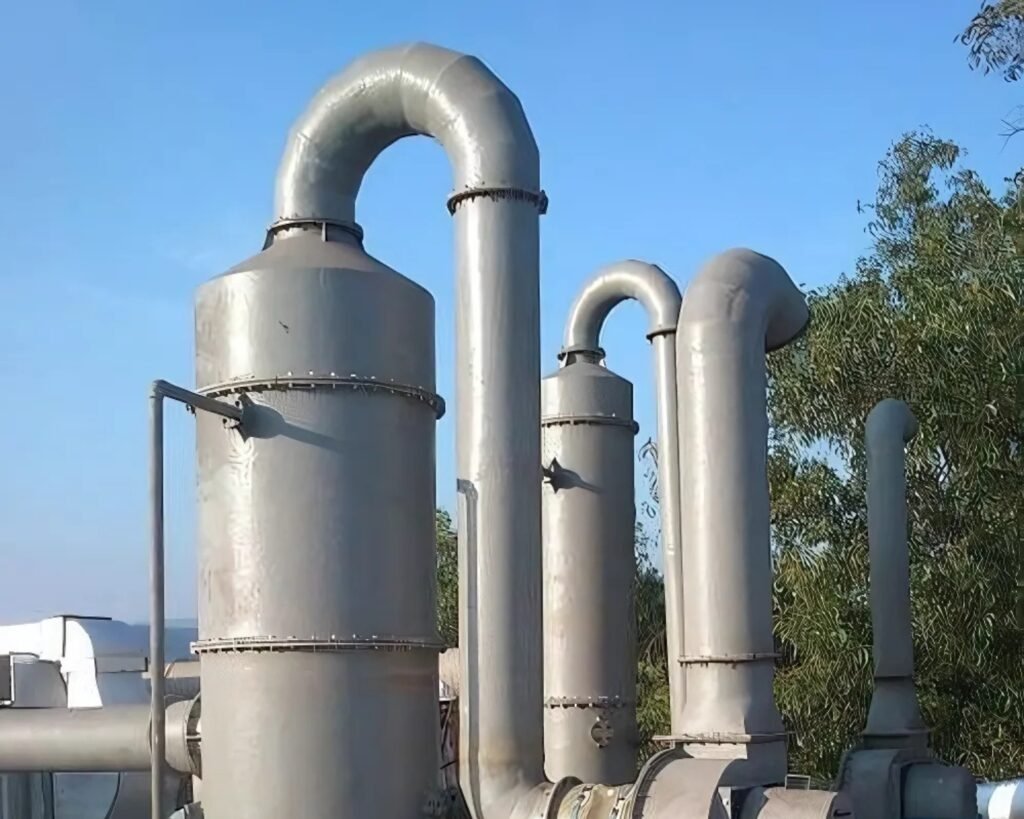
Water Scrubber
Simple system for less H2S contents A water scrubber is a commonly used technology for biogas purification, particularly for removing unwanted components like carbon dioxide (CO₂) and hydrogen sulphide (H₂S) from raw biogas. The process relies on water’s ability to absorb certain gases, making it an effective method for improving the quality of biogas and making it suitable for further use, such as in energy production
Chemical Scrubber
NaOH or Caustic will be used to prepare alkaline solution. A chemical scrubber is another method used for biogas purification, which relies on the use of chemical solutions to remove undesirable components, such as carbon dioxide (CO₂), hydrogen sulphide (H₂S), and other contaminants from raw biogas. Unlike water scrubbers, which use water as the absorbent medium, chemical scrubbers use specific chemicals to absorb or react with the impurities, resulting in a purified biogas with a higher methane concentration.
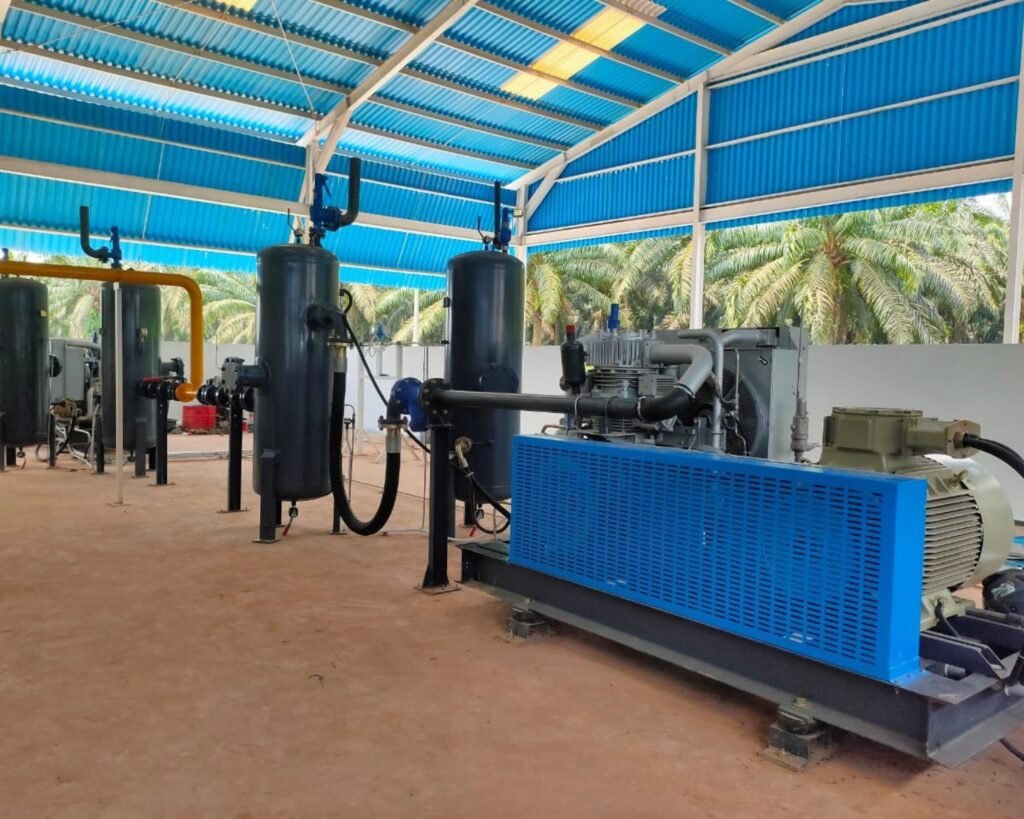

Biological Scrubber
Thiobacillus organism will be used A biological scrubber is a method of biogas purification that utilizes microorganisms to remove contaminants, particularly hydrogen sulfide (H₂S), from raw biogas. Unlike chemical scrubbers or water scrubbers, which rely on physical or chemical processes to remove impurities, biological scrubbers take advantage of the natural metabolic processes of bacteria or other microorganisms to absorb and transform harmful gases into non-toxic compounds.
Biochemical Scrubber
Both Bacteria and Chemicals will be used for removal of H2S. A biochemical scrubber in biogas purification is a hybrid system that combines both biological and chemical processes to remove unwanted components from raw biogas, typically hydrogen sulfide (H₂S) and carbon dioxide (CO₂). This type of scrubber uses both microorganisms and chemical agents to purify biogas, often resulting in high efficiency in removing a broader range of contaminants compared to purely biological or chemical methods.
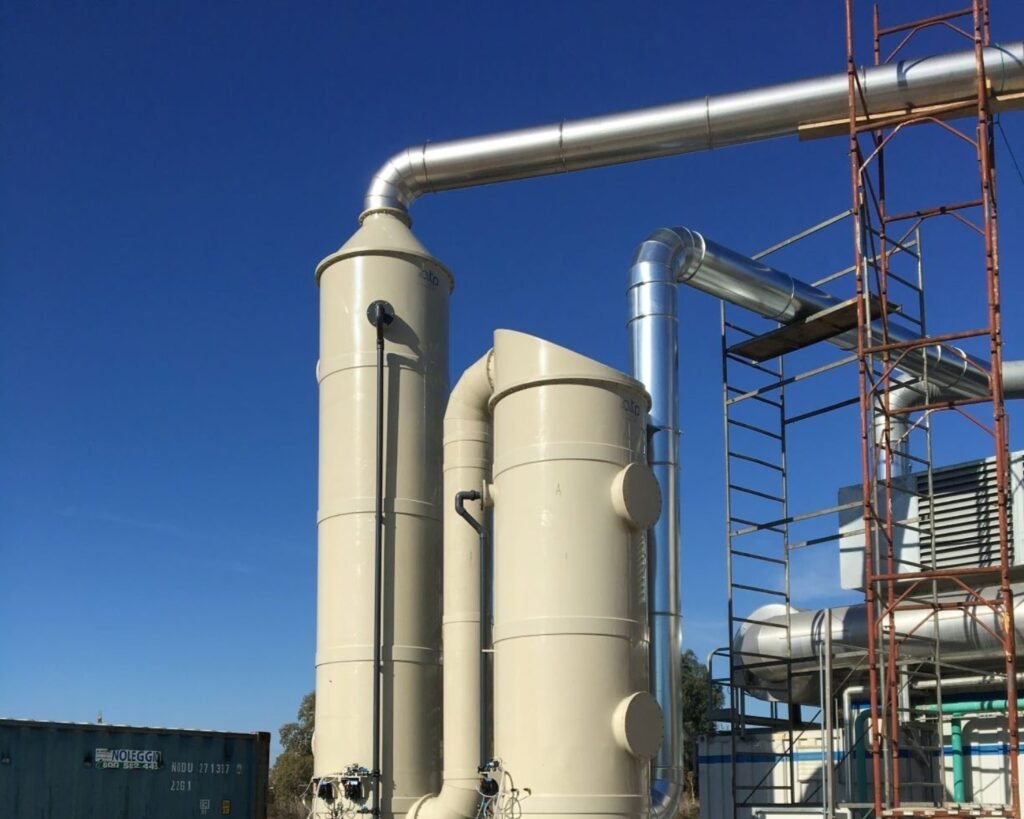
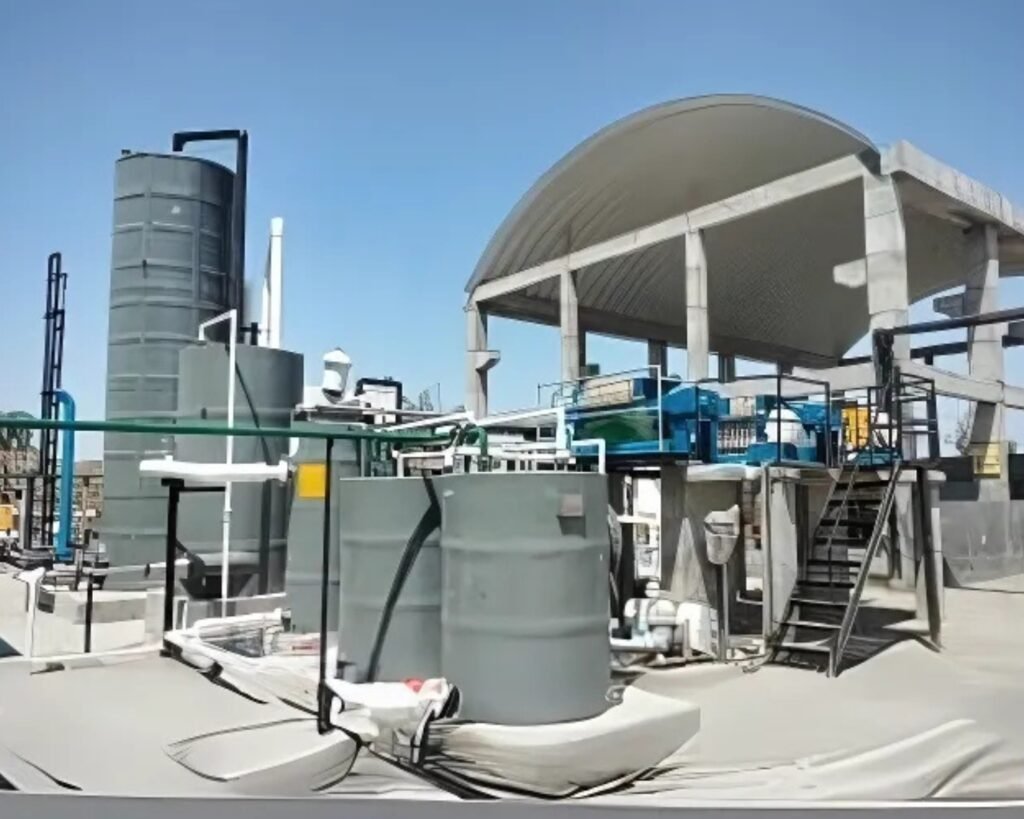
Chelating Scrubber
A chelating scrubber is a specialized biogas purification method that uses chelating agents to remove hydrogen sulfide (H₂S) and other sulfur compounds from biogas. This type of scrubber involves a chemical process where a chelating agent (a compound that can form multiple bonds with a metal ion) reacts with H₂S, removing it from the biogas. This method is effective, especially in situations where hydrogen sulfide levels are high, and it’s a practical solution for ensuring biogas can be used safely without causing damage to equipment due to corrosive sulfur compounds.
Our H₂S Scrubbing Techniques
Water Scrubber
Simple system for less H2S contents
A water scrubber is a commonly used technology for biogas purification, particularly for removing unwanted components like carbon dioxide (CO₂) and hydrogen sulphide (H₂S) from raw biogas. The process relies on water's ability to absorb certain gases, making it an effective method for improving the quality of biogas and making it suitable for further use, such as in energy production
Chemical Scrubber
NaOH or Caustic will be used to prepare alkaline solution. A chemical scrubber is another method used for biogas purification, which relies on the use of chemical solutions to remove undesirable components, such as carbon dioxide (CO₂), hydrogen sulphide (H₂S), and other contaminants from raw biogas. Unlike water scrubbers, which use water as the absorbent medium, chemical scrubbers use specific chemicals to absorb or react with the impurities, resulting in a purified biogas with a higher methane concentration.
Biological Scrubber
Thiobacillus organism will be used
A biological scrubber is a method of biogas purification that utilizes microorganisms to remove contaminants, particularly hydrogen sulfide (H₂S), from raw biogas. Unlike chemical scrubbers or water scrubbers, which rely on physical or chemical processes to remove impurities, biological scrubbers take advantage of the natural metabolic processes of bacteria or other microorganisms to absorb and transform harmful gases into non-toxic compounds.
Biochemical Scrubber
Both Bacteria and Chemicals will be used for removal of H2S. A biochemical scrubber in biogas purification is a hybrid system that combines both biological and chemical processes to remove unwanted components from raw biogas, typically hydrogen sulfide (H₂S) and carbon dioxide (CO₂). This type of scrubber uses both microorganisms and chemical agents to purify biogas, often resulting in high efficiency in removing a broader range of contaminants compared to purely biological or chemical methods.
Chelating Scrubber
A chelating scrubber is a specialized biogas purification method that uses chelating agents to remove hydrogen sulfide (H₂S) and other sulfur compounds from biogas. This type of scrubber involves a chemical process where a chelating agent (a compound that can form multiple bonds with a metal ion) reacts with H₂S, removing it from the biogas. This method is effective, especially in situations where hydrogen sulfide levels are high, and it's a practical solution for ensuring biogas can be used safely without causing damage to equipment due to corrosive sulfur compounds.
